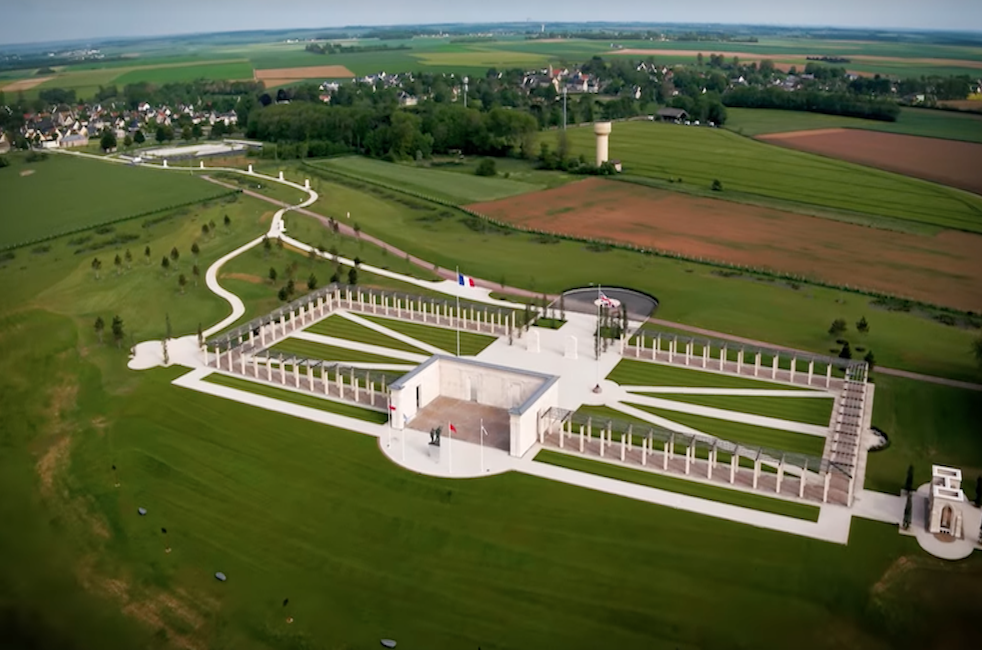The Normandy invasion was the largest naval operation in history. Involving thousands of Allied soldiers, it was the beginning of the end for the German occupation in France. Many lost their lives, and over the years have been honored with memorials. Britain recently unveiled its own, dedicated to those under British command who died during the summer of 1944.
Dedicated to those who lost their lives
The memorial is inscribed with the names of the 22,422 men and women who lost their lives during the invasion from June 6 to August 31, 1944. Along with the troops on the front lines, the list includes the names of the airmen and nurses who died. Given the number of names, extensive research had to be done. It was conducted by military historian Andrew Whitmarsh and Jane Furlong, the Lead Historical Researcher at the Normandy Memorial Trust.
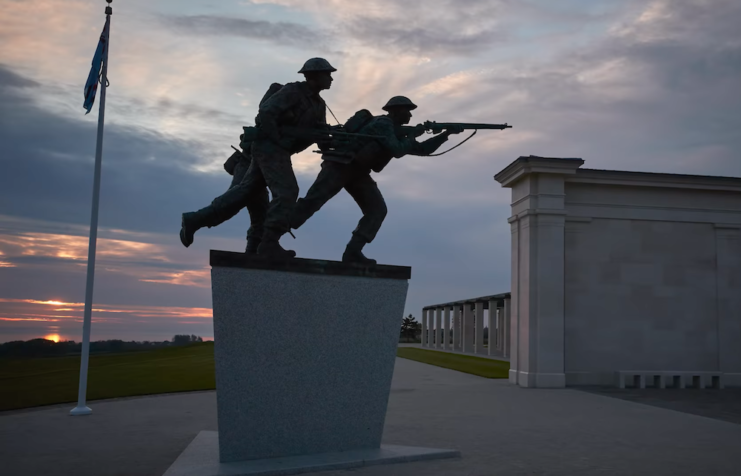
The memorial consists of 160 stone columns weighing 4,000 tons. There is a bronze sculpture of three charging infantrymen, designed by British sculptor David Williams-Ellis, and those killed on June 6, 1944, are memorialized with inscriptions on the D-Day Wall. There is also a monument dedicated to the French civilians who perished during this period.
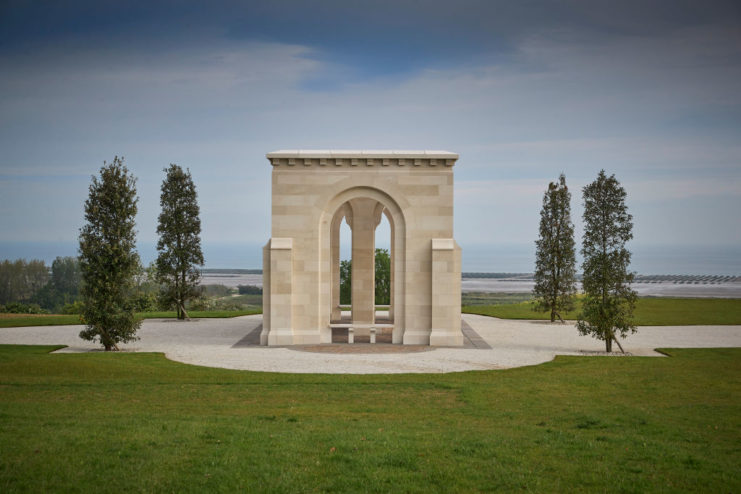
It’s hoped the site will draw in a quarter of a million visitors each year. Since Britain didn’t have a dedicated memorial in Normandy until now, any visitors previously looking to pay their respects had to do so at the cemetery in nearby Bayeux.
British memorial unveiled
The memorial was unveiled at Gold Beach in Ver-sur-Mer on the 77th anniversary of D-Day. The ceremony was presided over by the British Ambassador to France Ed Llewellyn and French Defense Minister Florence Parly.
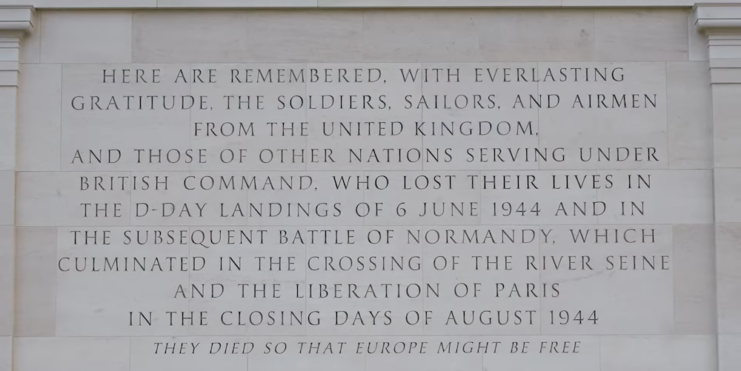
Due to restrictions brought about by the COVID-19 pandemic, many veterans were not able to attend the unveiling in person. They instead watched the ceremony at the National Memorial Arboretum in Burton-on-Trent. Those in attendance included veterans Gilbert Clarke and Ken Hay. Veteran Tom Schaffer laid a poppy wreath with the help of fellow veteran John Pinkerton.
“I have long been concerned that the memory of these remarkable individuals should be preserved for generations to come as an example of personal courage and sacrifice,” said Prince Charles. “[It] will provide a place for private and perpetual contemplation where visitors will be able to reflect on what we owe to all those who gallantly carried out their duty with such extraordinary selflessness and resolve.”
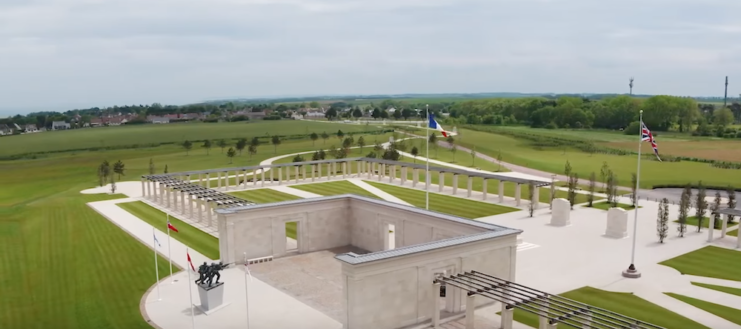
The opening was marked with a flyover by the Royal Air Force’s Red Arrows and the French Air Force’s Patrouille de France aerobatics team. British and French wreaths were placed in front of the D-Day Wall while bagpipes played.
Years of planning
The memorial took years of planning and fundraising. It was ideated in July 2015 by veteran George Batts, a member of the Royal Engineers who was present at the landings. It was around this time the Normandy Memorial Trust was established.
In a statement, the charity shared its frustration over the lack of a memorial for British soldiers on the beaches of Normandy: “The construction of a national memorial in Normandy has been a long-held ambition of Normandy veterans, frustrated that Britain alone among the main wartime allies did not have such a memorial.”
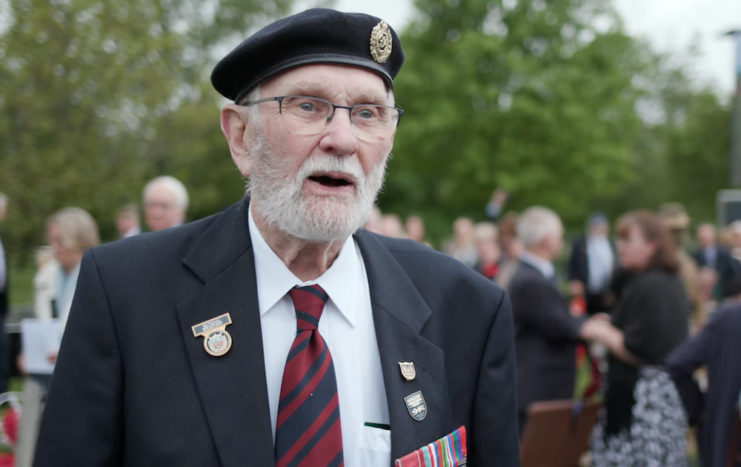
The site at Gold Beach, one of three where British forces landed, was chosen in September 2016, after which discussions began with then-mayor of Ver-sur-Mer, Philippe Onillon, and local landowners. The bronze sculpture was unveiled in 2019, when then-British Prime Minister Theresa May and French President Emmanuel Macron inaugurated the 52-acre site.
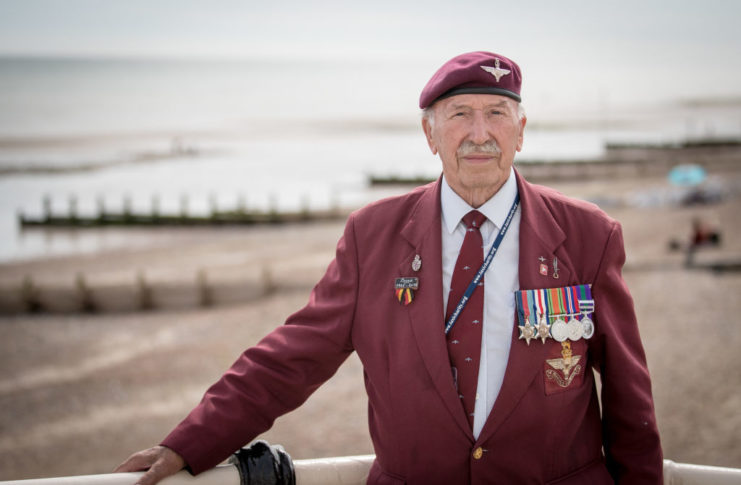
The memorial cost £33 million to construct, £20 million of which was donated by the government. The rest was raised by private donors, including 95-year-old veteran Harry Billinge, who spent three years collecting money. He was awarded an MBE from Queen Elizabeth II for his fundraising efforts.
The Normandy landings
The D-Day landings at Normandy on June 6, 1944, were a pivotal point in the Allies’ success during WWII. A coordinated sea and aerial effort, it saw 156,000 soldiers of over three-dozen nationalities storm the five beaches of Normandy to liberate France. 4,400 are believed to have died that day.
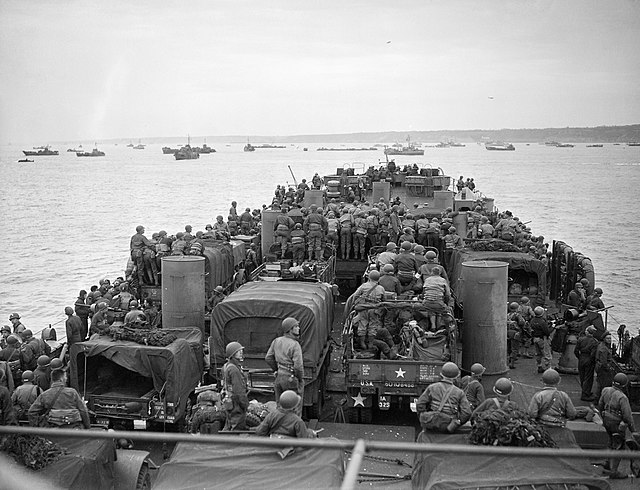
The campaign, codenamed Operation Overlord, allowed the Allies to move into northern France, where they continuously fought off German artillery and aircraft fire and had to contend with difficult terrain and severe weather.
After a series of smaller wins, victory came ever closer with the Battle of Caen, when British and Canadian soldiers liberated the northern part of the city and seized Hill 112, a critical observation point. The Allies advanced to the River Seine and German resistance wavered, allowing them to close the critical Falaise Gap.
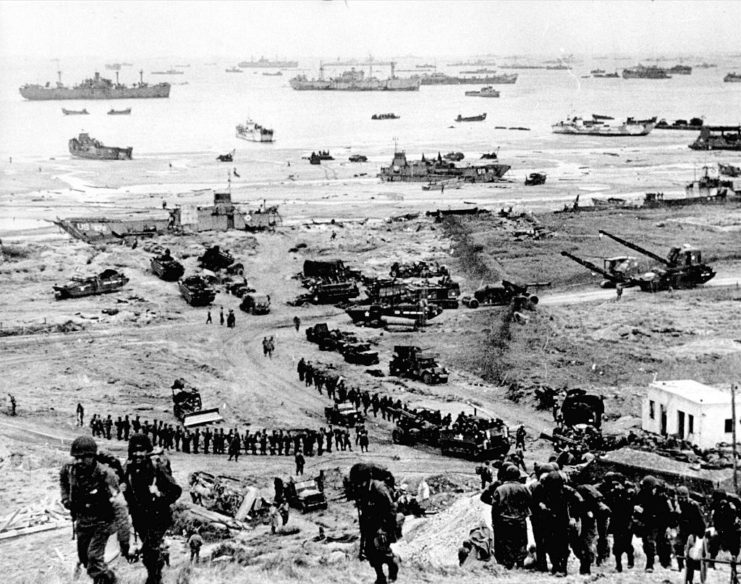
More from us: The US Unknowingly Predicted Pearl Harbor Years Before It Happened
American troops reached the River Seine on August 19, 1944. They faced resistance from the Germans but held their own until the Canadians and the British arrived between the 25th and 26th. Fighting continued until the end of August, after which the Germans toward the south were beaten and France was liberated.
